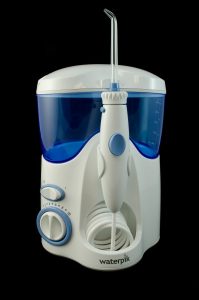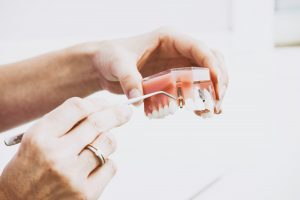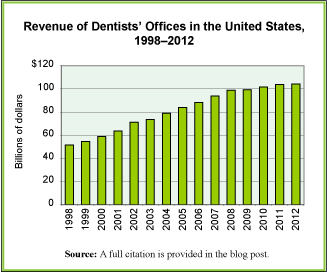
Year: 2020 and 2027
Market size: $182.0 million and $268.82 million, respectively
Many people reading this blog post may have never heard of gutta-percha but if you’ve had endodontic (root canal) therapy sometime in the past 50 years, there is a good chance you’ve come in contact with this substance. Gutta-percha is a thermoplastic material made from the latex of trees of the Palaquium genus in the Sapotaceae family, especially Palaquium gutta. These trees, which are commonly known as gutta-percha also, are found in Malaysia, Singapore, Sumatra, Borneo, and other parts of Asia. This substance has high tensile strength, is biocompatible and bioinert, and has radiopacity. Dentists and endodontists use it to fill a tooth’s root canal after they have removed all the infected tissue when performing root canal therapy. If extra support is needed for the rebuilt tooth, a post is inserted into the gutta-percha-filled root canal. The opening is then sealed with a filling and a crown is cemented onto the rebuilt tooth. Today’s market size shows the global revenues for gutta-percha used in dentistry in 2020 and projected for 2027. The rising incidence of dental caries,1 a growing awareness of oral hygiene, and an increasing geriatric population needing preventative and surgical dental services will contribute to growth in this market.
By type, surface modified gutta-percha had the highest revenue share, more than 40%, in 2020. This product is resin-coated or glass ionomer coated. The coating allows it to create a strong seal along the dentinal surfaces of the root canal. Revenues for nanoparticle enriched gutta-percha are expected to grow the fastest through 2027. Nanoparticles of diamond and silver are embedded in the gutta-percha to both improve the mechanical properties of the substance and to reduce the likelihood of reinfection. Diamond nanoparticles and silver have antimicrobial properties.
Nearly half of revenues came from dental hospitals in 2020, however, revenue from dental clinics is expected to grow rapidly in the near future as less invasive procedures, including fillings and root canal therapy, are increasingly being done in these locations.
North America garnered a 41% share of the market in 2020, the highest share that year, due to several factors: a high incidence of dental conditions, a well-developed medical infrastructure with established reimbursement policies, availability of advanced preventative and restorative dental procedures, and several major companies in the industry located in the region. These include Dentsply Sirona, DiaDent Group International, Essential Dental Systems, Kerr Corp., and Premier Dental Products Co. Other leading companies in this industry include Coltène Whaledent GmbH, FRG Dentaire, Micro-Mega, Sure endo, Meta Biomed, and Davis Schottlander & Davis. By 2027, more than 43% of research and development spending is expected to originate from the Asia-Pacific region, with China, Japan, and India spending the most.1 According to the FDI World Dental Federation, sugar intake worldwide has tripled over the past 50 years. Ingestion of sugary foods and beverages is one of the main causes of dental caries.
Sources: “Gutta-percha Market Size, Share & Trends Analysis Report by Product Type (Surface Modified, Medicated, Nanoparticles Enriched), by End-use (Dental Hospitals, Dental Clinics), by Region, and Segment Forecasts, 2021 – 2027,” Grand View Research Report Summary, December 2020 available online here; “Gutta-percha Market Size Worth $268.82 Million by 2027 | CAGR: 5.77%: Grand View Research, Inc.,” CISION PRNewswire, January 13, 2021 available online here; “Dental Adhesives and Sealants Market Size, Share & Trends Analysis Report by Product (Adhesives, Sealants), by Region (North America, Europe, APAC, Latin America, MEA), and Segment Forecasts, 2020 – 2027,” Grand View Research Report Summary, August 2020 available online here; “Palaquium gutta – (Hook.) Baill.,” Plants for a Future available online here; “Root Canals,” Brook Hollow Family Dentristry available online here.
Image source: StockSnap, “chair-dentist-dental-clinic-teeth-2584260,” Pixabay, August 4, 2017 available online here.



